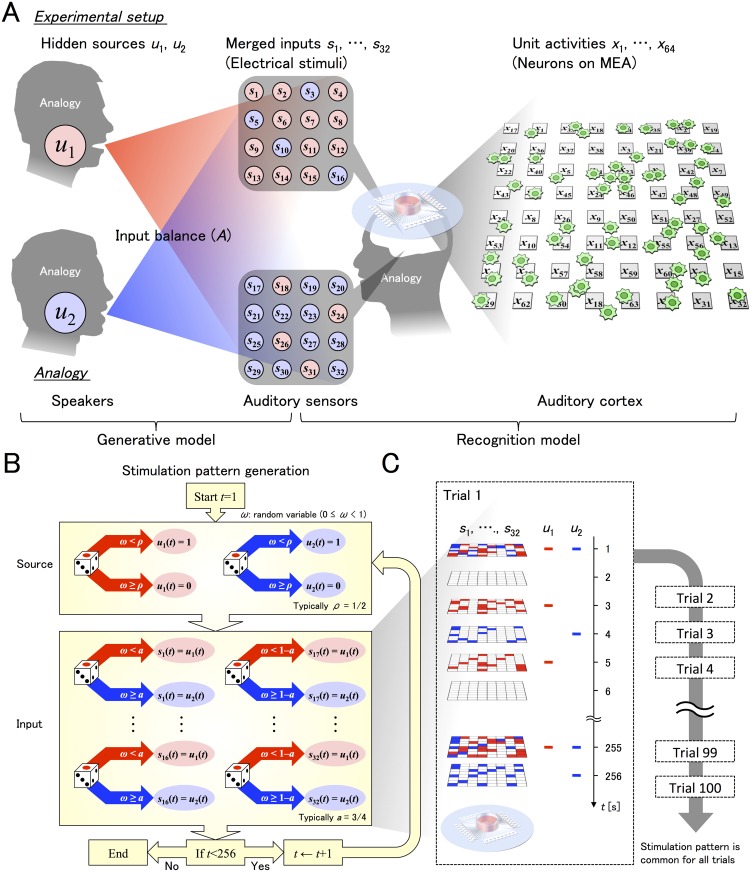Fig 2. Schematic images of experimental protocol.
The signal distribution scheme (top), signal generation protocol (bottom left), and training timeline (bottom right) are shown. (A) A schematic image of stimulation signals and neurons on an MEA. u 1 and u 2 are hidden sources (left), s 1, …, s 16 and s 17, …, s 32 are two groups of inputs synthesized by computing weighted combinations of the sources (middle), and x 1, …, x 64 are the measures at the electrodes (right). By manipulating the inputs to the MEA, we induced an ICA-like processing system in neuronal cultures. Specifically, we created four conditions of stimulation by independently varying the probabilities of two binary hidden signals (given by a 2 × 2 matrix) such that neurons received no signal (0,0), a signal in which the two hidden signals (0,1) or (1,0) were differentially weighted, or a fully merged signal (1,1). The schematic heads illustrate the analogy between the experimental setup and the cocktail party effect: u 1 and u 2 are analogous to two voices to identify (left), the mapping from u to s (a matrix A) is analogous to the addition of background noise at a cocktail party, so that s represents sounds (sensory inputs) heard from the left and right ears (middle), and x is analogous to the listener’s auditory system performing blind source separation (right). (B) A schematic image of the generation of s(t) from u 1(t) and u 2(t). Each random variable ω is independently generated from a uniform distribution (0 ≤ ω < 1). u 1(t) and u 2(t) will be 1 if ω < ρ or 0 otherwise. Then, s 1(t), …, s 16(t) will be u 1(t) if ω < a or u 2(t) otherwise. In contrast, s 17(t), …, s 32(t) will be u 1(t) if ω < 1–a or u 2(t) otherwise. The discrete time t is over one and 256. (C) A training timeline. As electrodes on the MEA are distributed as an 8 × 8 matrix, we illustrate the stimulating sites corresponding to s 1(t), …, s 32(t) on 8 × 8 matrices. Thus, half (32) were dual-use electrodes of stimulating and recording, while the remaining 32 were for recording only. Red or blue squares indicate the electrode stimulated in a given time period, which is provided from u 1(t) or u 2(t), respectively. A trial is composed of 256 stimulation patterns with 1-s intervals. Overall, the training period is composed of 100 trials, where the stimulation pattern is common for all trials.

